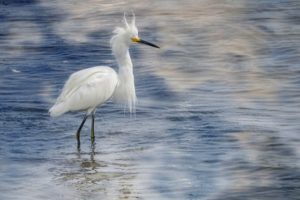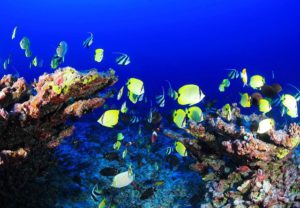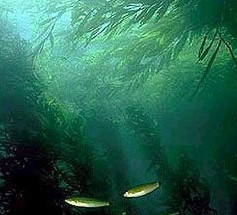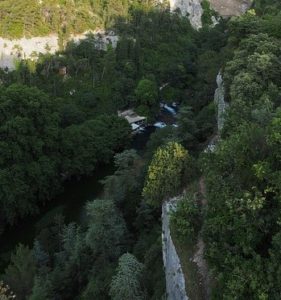5 Ecosystems That Are At Risk Of Survival
 According to the latest report of IUCN (the International Union for Conservation of Nature), there are 10 ecosystems that are in desperate need of immediate action.
According to the latest report of IUCN (the International Union for Conservation of Nature), there are 10 ecosystems that are in desperate need of immediate action.
In order to understand the importance of this report, you must first know what an ecosystem is. All living beings are interrelated in nature. Those that share the same habitat or environment depend on each other for existence. A single habitat is an inexhaustible source of biodiversity, and it’s called an ecosystem.
But if something altered that inside the habitat (too many trees being cut, a species becoming extinct), the ecosystem would be in danger of survival. And that’s exactly what’s happening worldwide due to human interaction.
In this article, we’ll cover some of the most endangered ecosystems and hopefully share more awareness of this topic.
 Caribbean coral reefs
Caribbean coral reefs
According to a report, an important part of Caribbean coral reefs could disappear in less than twenty years, due to a gradual decline in numbers of herbivorous fish.
The main reasons why this ecosystem has become endangered include overfishing, global warming, and the rapid development of the tourism industry.
 Alaskan kelp forest
Alaskan kelp forest
An ecosystem of algae is the perfect natural protection of the coast of Alaska. This ecosystem absorbs carbon dioxide and is a natural barrier to the hard surf.
However, due to overfishing and pollution spill, this ecosystem is in grave danger.
By destroying the otter food chain, sea urchins are now damaging the algae ecosystem.
 Sydney coastal wetlands
Sydney coastal wetlands
As we all know, there are parts of Australia that are significantly more habituated than the others. The attractive coast has made that most of its greatest cities are next to the ocean. However, this has had a devastating impact on the coastal wetlands ecosystem. Especially on Sydney coastal wetlands.
Approximately 60% of coastal wetlands have disappeared over the past 200 years. Heavy coal mining, housing development, increase in the greenhouse gasses emission have resulted in the almost complete destruction of an ecosystem.
 South karst springs
South karst springs
At the moment, Piccaninnie Ponds Park in Australia is inhabited by fifty crabs species, and 34 of them are considered to be endangered. Some even critically endangered.
This catastrophe was caused by the disappearance of accumulations of underground water.
Now, around 862 hectares of these springs are protected, but according to experts, it’s not enough to preserve the ecosystem.
Rhineland raised bogs
The gradual destruction of the environment in Germany has caused several plants and animal species to enter the endangered list.
German Rhineland is made of mounds and flooded areas, under which is a huge amount of carbon. When destroyed, this ecosystem releases greenhouse gases that further damage the environment.
